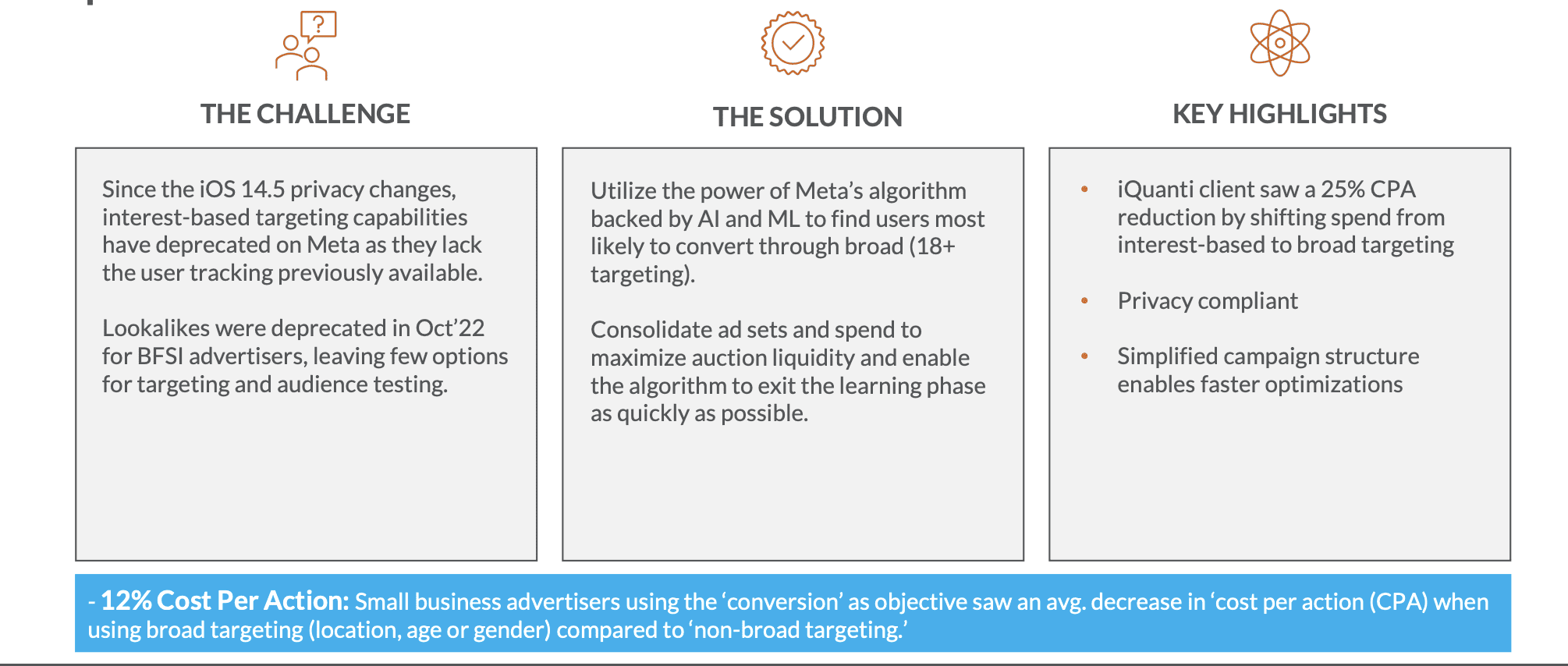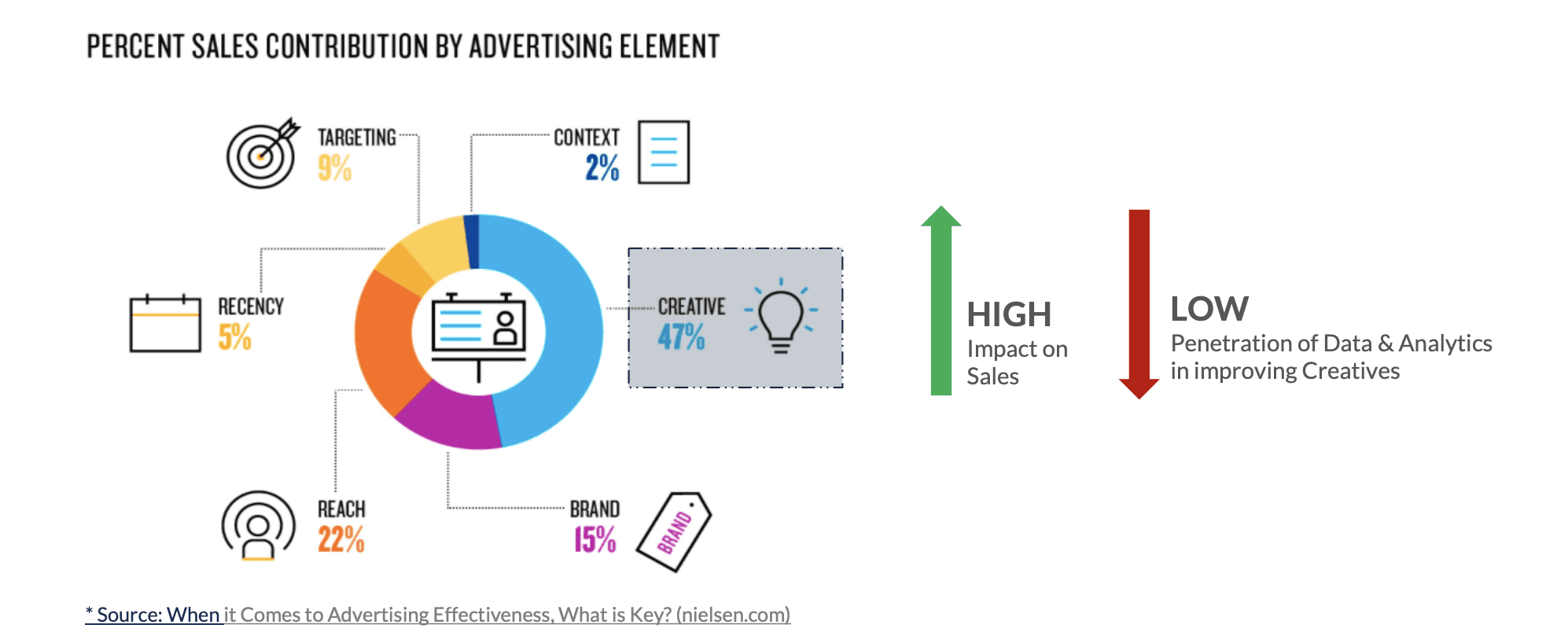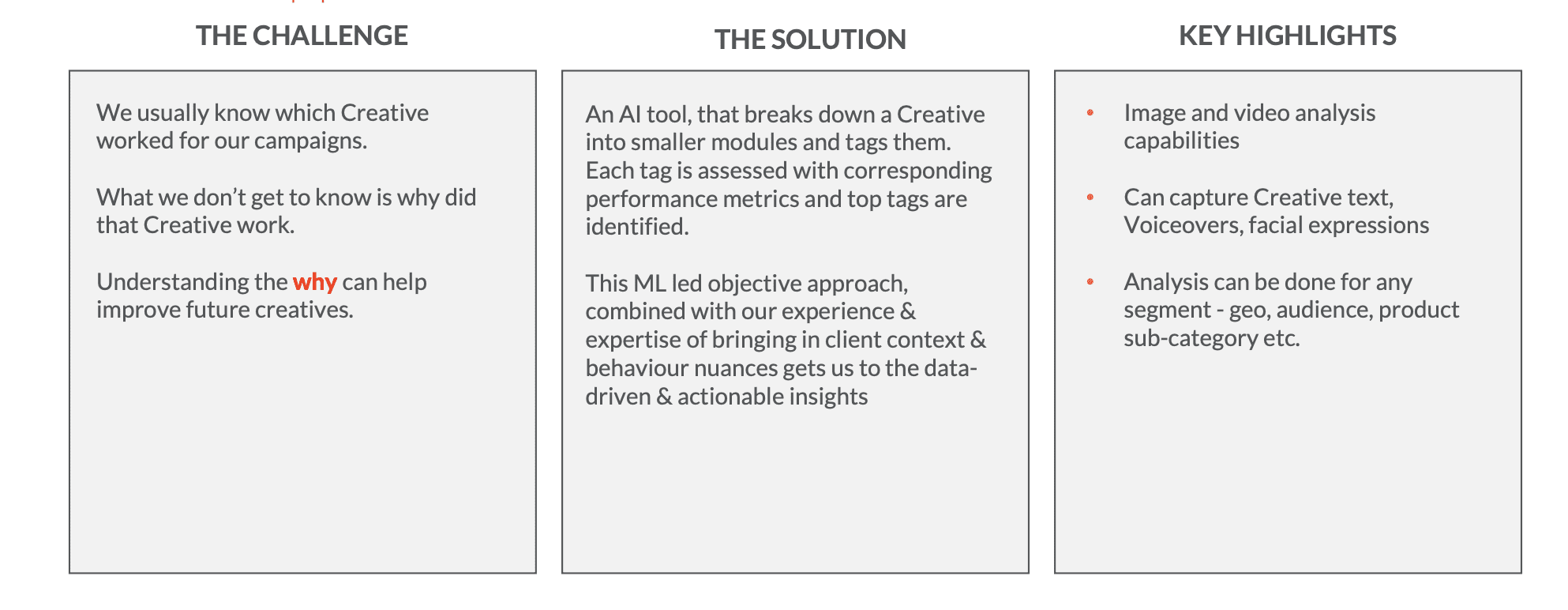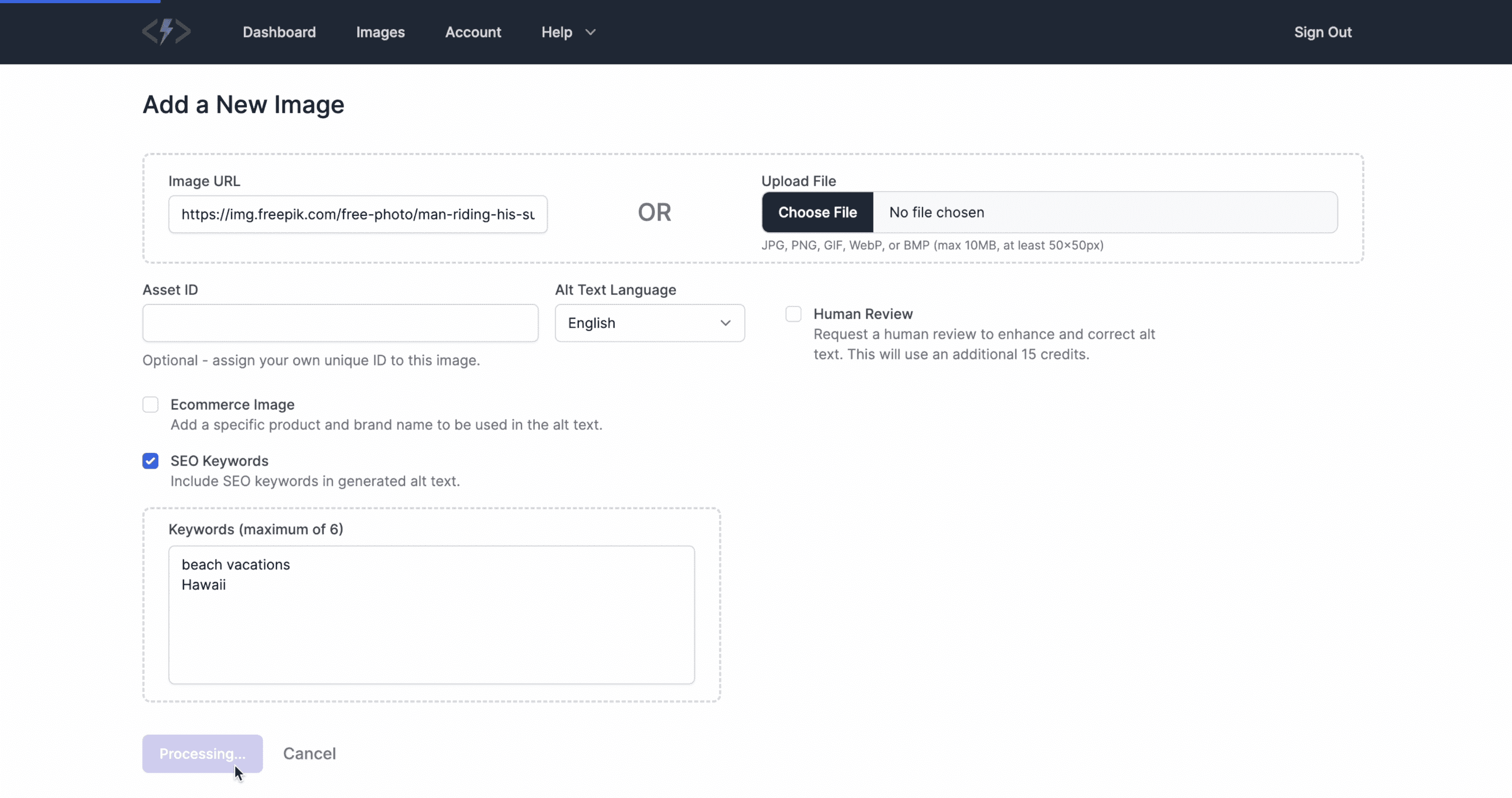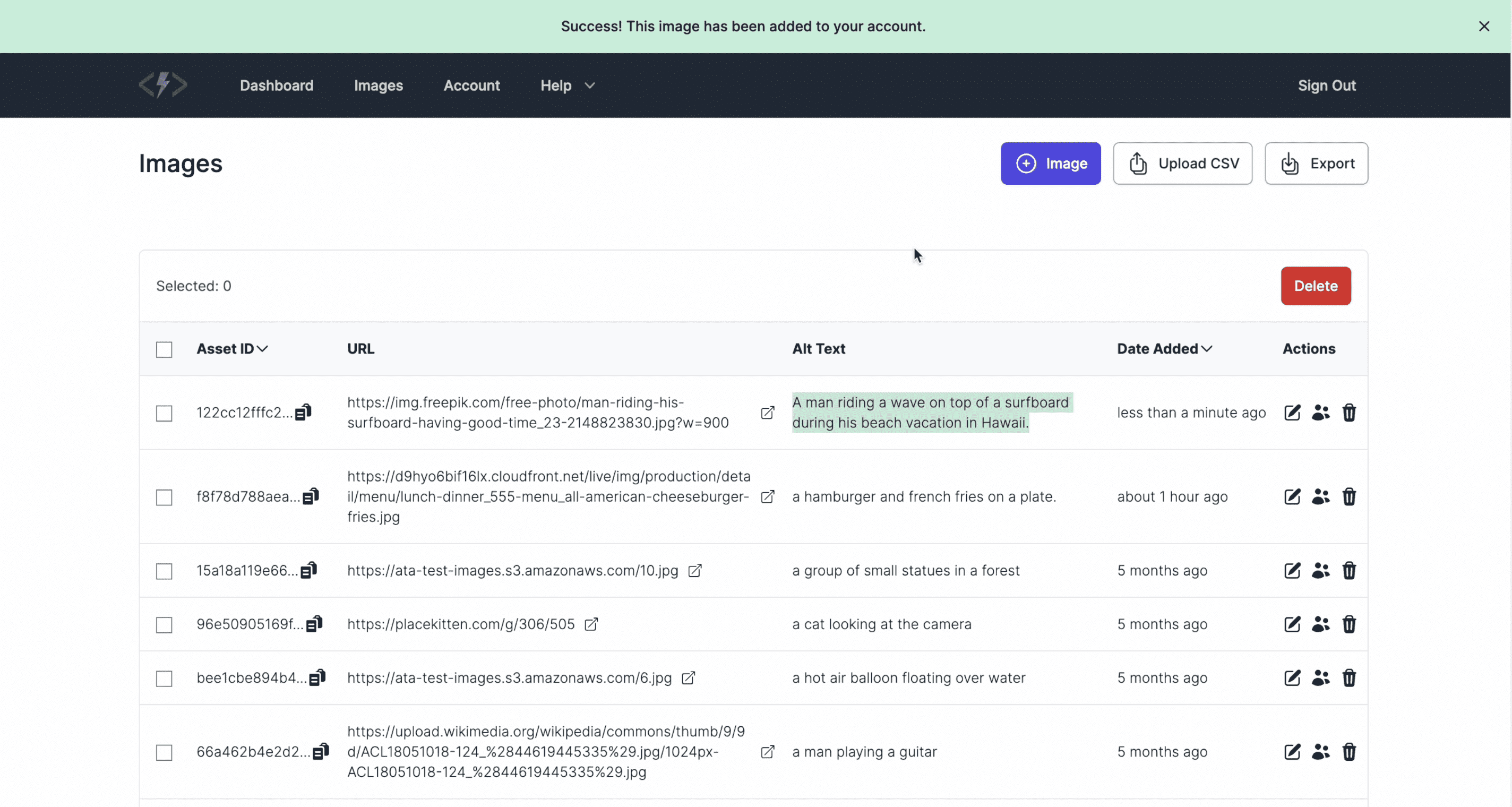Marketing To Millennials (Generation Y) via @sejournal, @macuraa

Boomers, millennials, Gen Z – with so many generational terms flying around, it can be difficult to know who’s who in the zoo.
Well, baby boomers are easy enough.
While technically, the term refers to those born between 1946 and 1964, today, the word ‘boomer’ is used to dismiss outdated and stereotypical attitudes: “Okay, boomer!”
But millennials and Gen Z are a little different.
While both millennials and Gen Z are young adults born in the digital age, they aren’t the same. And yet many marketers make the mistake of running one campaign aimed at both.
Marketing to Gen Z is becoming more widespread, but how exactly should we be marketing to millennials? Let’s take a look.
Who Are Millennials?
Before we can start running marketing campaigns targeted at millennials, we need to understand who they are.
While dates do differ slightly between resources, the demographics of each generation are generally agreed on as follows:
- Baby boomers: 1946-1964.
- Generation X: 1965-1980.
- Millennials: 1981-1996.
- Generation Z: 1997-2012.
Why the term “millennials“?
Because most millennials came of age around the year 2000. In fact, today, older millennials are 42 years old, while the youngest are 27.
As the largest generation group in the US (as of 2022), American millennials make up an estimated 72.24 million of the population – which shows just how important they are to the global economy.
Millennials have a direct buying power of an estimated $1 trillion.
This means you’re missing out if you don’t have a specific marketing strategy for millennials.
The Key Traits Of Millennial Consumers
So what is it most important to know about millennials when creating marketing campaigns for them?
They Do Their Research
Millennials think before they buy.
They don’t allow themselves to be swayed by clever advertising. Instead, they rely on recommendations from friends and family, online reviews, and social media platforms.
They like sharing their opinions, and they look for the opinions of others too.
So if your brand doesn’t have enough word of mouth visibility, that’s something to consider.
They Prioritize Experiences
There’s more to life than just buying stuff, right?
At least that’s what millennials think, with 57% reporting ‘traveling the world’ as a higher priority than things like earning a high salary, buying a home, or having children.
This is proof that millennials value experiences far more highly than things.
If there’s a way for you to add an experiential element to your marketing campaigns, it’ll create a point of connection with your millennial audience.
They’re Digital Natives
According to data from the Pew Research Center, almost 100% of millennials use the internet, and 9 out of 10 own a smartphone.
This means easy, consistent access to the web, very often via mobile devices.
So if you can use technology and digital platforms to market your brand, you have a much better chance of reaching a millennial consumer.
They Value Authenticity
Generation Y (as millennials are also known) look for more from their brands than just a token message.
Instead, they want brands to understand them, to connect with them, and to build a relationship of meaning and value.
It’s all about authenticity – something that can’t be faked.
This means you must be honest and transparent with your target audience. You’ll also need to have a purpose and be willing to share it.
The more you can involve millennials on a human level, the more rewarding your relationship with them will be.
Creating A Marketing Strategy For Millennial Customers
According to research, compared to baby boomers and Gen X, millennials spend the least amount of time watching television and listening to the radio.
They also represent the smallest percentage of magazine and newspaper readers.
So how do you market to them?
Be Authentic
There’s that word again.
So let’s talk numbers. 26% of millennials are “digital socialites” – people who engage frequently online.
23% are dynamic media junkies, meaning they engage with video content and streaming services.
And then you have the 15% who are the digital elite – highly influential across social and online platforms.
This means that if you want to reach millennials in a way that they’ll connect with, it needs to be online.
And it needs to be real and authentic enough to reach them through the hundreds of other brand messages they receive daily.
That’s because millennials aren’t just mindlessly browsing, liking, and sharing. They’re interacting with brands and people they’re inspired by and whose interests they share.
And your own brand needs to become one of them.
If you can speak to millennials in a way they can connect with and trust, you’ll be able to build a relevant, authentic, and long-lasting relationship.
Look Past Stereotypes
Millennials are sometimes considered superficial and obsessed with social media and self-validation.
But they hold certain core values close to their hearts, from animal rights and anti-racism to environmental sustainability, feminism, and more.
And when it comes to supporting a cause, 37% of millennials are willing to back products and services with a purpose, even if it means paying extra.
So forget about millennial stereotypes and start embracing millennial values instead. If you can show support for what they believe in, they’ll show you the same support right back.
Leverage Social Media Marketing
It’s important to remember that you need to curate your social media campaigns to fit the platform.
Instagram audiences are different from TikTok and Facebook audiences, so it’s no use running the same campaign across these and other social platforms.
Instead, you’ll need to target your messaging to reach each audience while bearing commonalities like these in mind:
- Go mobile: Millennials spend about 211 minutes a day on their smartphones, making mobile marketing a must.
- Create visual content: Don’t rely solely on text. Marketing content can include videos, photos, and other media too, helping you connect even more effectively.
- Harness user-generated content: Millennials trust the opinions of others, so use testimonials, reviews, and photos your brand has been tagged in as part of your social media strategy. It’ll help boost your credibility and awareness while saving you money at the same time.
Think About Influencer Marketing
If there’s one thing that online influencers have, it’s reach.
This is why working with them can help you broadcast your message to a wider millennial audience.
We already know that millennials are an age group that values authentic opinions and unique experiences.
So why not combine these into one with influencer marketing?
You’ll be able to grow your following and boost your engagement, all with the help of an authentic, trusted voice.
Just make sure you choose the right influencer for your brand, and you’ll have another channel with which to communicate your messaging and personality.
Building Trust With Millennial Consumers
Brand loyalty is all about building trust.
So how do you go about establishing it with your target audience?
Aside from creating an authentic connection with them, consider these tips:
1. Be Transparent
Don’t hold anything back.
Be open about your brand and prioritize environmental sustainability and responsibility.
If you collect your customers’ data, let them know how and when you plan to use it.
And always, always tell the truth.
2. Get Personal
Social media is an important millennial marketing tool, but it’s not the only one out there.
In fact, 56% of millennials would switch brands in favor of another brand that customizes to their needs.
So if you can offer this level of flexibility and personalization, you’ll position yourself for success.
3. Find A Way To Improve Their Lives
Don’t sell them any old garbage; millennials are far more savvy than that.
Instead, they look at what brands can offer, wondering, “What’s in it for me?”
If you approach your marketing with this in mind, it’ll deliver the message you want it to.
Successfully Marketing To Millennials
Generation Y is a market that’s been largely misunderstood – until now.
While some may harbor stereotypical misconceptions about millennials, they are integral to our global economy.
Not only do they make up a quarter of the population, but they hold significant buying power too.
And it’s being able to harness this that will give you the edge.
Learn how to market successfully to millennials; you’ll have customers and brand loyalty for life.
More resources:
Featured Image: MandriaPix/Shutterstock




